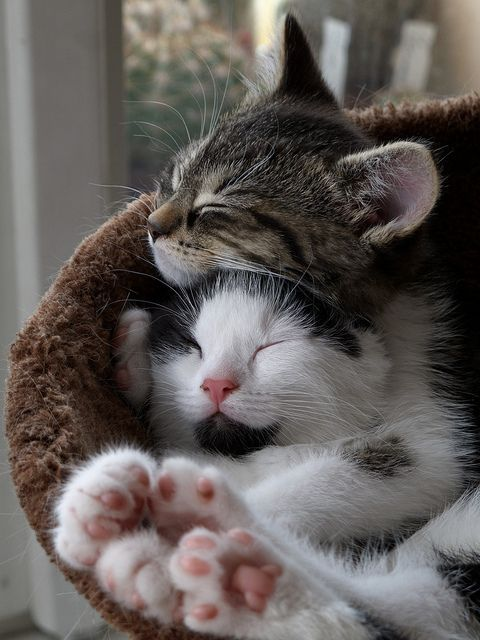The Influence Game: How Fashion Influencers are Shaking Things Up
Expository Writing Type
The terms "blogger" and "influencer" are frequently used in modern speech. The fashion industry is now influenced by a diverse group of individuals, including journalists, stylists, celebrities, and those who occupy a hybrid role. This marks a departure from the past when magazine or newspaper editors held exclusive control over the industry. Let us thoroughly examine this world of social media influencing.
 |
| Susie Lau (fashion blogger), Tina Leung (actress), and Bryan Boy (fashion blogger). |
Fashion bloggers create and maintain blogs to express their personal style, fashion thoughts, outfit ideas, and tips. Bloggers capture their personal style, attend events, review items, and offer fashion tips. Bloggers use text, photos, and videos to communicate with their audiences and share their fashion opinions. Whereas fashion influencing involves using Instagram, TikTok, and YouTube to influence followers' fashion choices. Influencers provide images, films, and stories about their clothing, advocate products, and share fashion material. Their ability to connect and engage with followers influences fashion trends and consumer behaviour. These fashion influencers promote businesses through sponsored articles and partnerships. Host live Q&A sessions, share styling advice, and organise meet-ups or events to boost their influence and build community. This impact shift has broken norms and transformed trend-setting, brand marketing, and audience engagement, making it important to the modern fashion industry. All these possibilities are realised through social media.
"Soon, bloggers dominated Pinterest feeds, got paid to wear clothes, and became their own brands."
 | ||
|
Influencers and fashion bloggers set modern trends. New brands, styles, and combinations are pushed online. Unique outfit combinations, trendy fashion, and vintage trends show influencers' styles. Relatable tactics appeal to audiences. Displaying new fashion trends encourages followers to try them, generating a fashion industry ripple effect. This ripple effect boosts fashion demand and influences purchases. Therefore, fashion businesses regularly work with influencers to expand their reach. Brands may boost revenue by working with influencers. Many trendy things have been promoted by influencers. Influencers like Bella Hadid and Kylie Jenner popularised the "ugly trainer" trend with bulky trainers. Mom jeans, fanny packs, and scrunchies became fashionable as influencers wore them. Brand partners include fashion bloggers and influencers to reach specific audiences. Brands and influencers collaborate on sponsored content, product placements, and partnerships. Brands pay influencers to promote their products. Brand objects are integrated into influencers' personal style stories through product placements. Brands and influencers collaborate on collections and campaigns.
Fashion blogging and influencing have benefited while damaging the industry. Authenticity is important. Certain influencers have been accused of romanticising their lives and selectively curating information that may not accurately reflect their reality. This distance between influencers and their audiences can damage trust and make their endorsements and suggestions questionable. The rise of sponsored content raises transparency problems. Some influencers have been criticised for not disclosing their brand relationships. This lack of transparency may mislead followers into thinking these endorsements are genuine preferences rather than paid ads.
 |
| Charli D'Amelio (Influencer) collaboration with Prada. |
"Today, bloggers get paid big bucks to promote content about products, services, and places."
Another criticism is the potential negative effects on self-esteem and body image. Influencers' carefully selected photographs and seemingly perfect appearances might foster unrealistic beauty standards that are hard to reach. This can undermine the self-esteem of vulnerable followers, especially young ones who internalise these ideals. Comparisons to influencers' seemingly perfect lives might make their followers feel insecure about their bodies and lives, leading to feelings like jealousy, frustration, etc. These unrealistic beauty standards created by these influencers have oftentimes made their admirers feel pressured to change their appearance by going under the knife and getting procedures like plastic surgeries, fillers, and whatnot done to make themselves 'desirable'. The social pressure to show off stylish clothes and follow fast-changing fashion norms can also encourage excessive purchasing, worsening fashion sustainability issues.
 |
| The Camila Coelho Sport collection, done in collaboration with Revolve. |
While it is important to acknowledge the significance of these remarks, it is worth noting that not all influencers are responsible for promoting undesirable trends. Influencers value authenticity and ethical behaviour. Fashion bloggers and influencers have played a significant role in promoting diversity, challenging beauty standards, and amplifying diverse perspectives. Influencers should prioritise their influence and promote content analysis. Fashion blogging and influencing require creativity and critical thinking.
Blogging and influence have changed fashion. Marketing techniques include influencer cooperation owing to their impact. Brands engage target audiences naturally by using influencers instead of advertising. Creative advertisements, product launches, and influencer-designed collections arise from these collaborations. This tendency has prompted the industry to adapt, increasing brand-consumer engagement and the value of influencers in modern marketing.
 |
Kim Kardashian, Kylie and Kendall Jenner Model 'Sexiest' Skims Collection Yet. |
"Influencers are always on the VIP list, invited to the coolest parties, and have large social followings."
To summarise, this article explores the impact of fashion bloggers and influencers on the fashion industry, highlighting their role in trend formation, brand promotion, and audience engagement. Influencers provide relatable fashion choices and engage with followers through sponsored content, product placements, and partnerships. Despite criticisms about authenticity, transparency, and potential negative effects on self-esteem, these influencers shape trends and represent evolving consumer preferences. Overall, fashion bloggers and influencers continue to reshape the industry, reflecting changing consumer preferences and redefining the relationship between fashion, brands, and the public.


Comments
Post a Comment